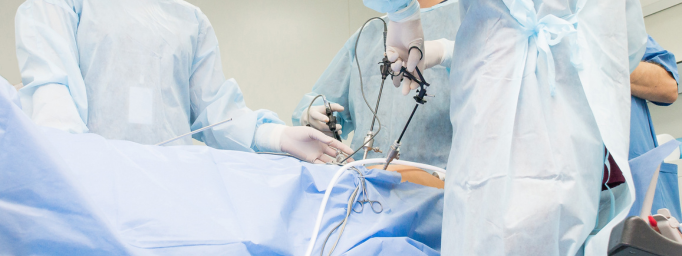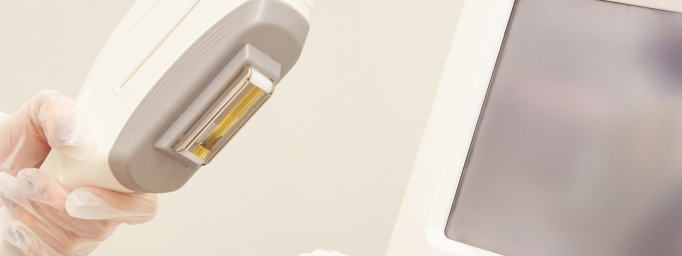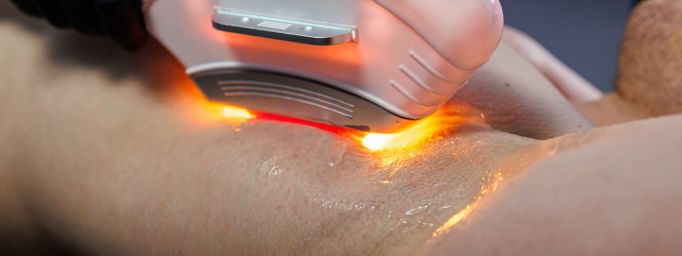Pilonidal cyst is not easy to deal with. The awkward location of the cyst makes living with the condition difficult. Surgical removal of the cyst is the most preferred line of action, but one can still experience frequent recurrences and adverse treatment outcomes despite best efforts. One of the few handy precautions to keep the recurrence risk low is hair removal. To manage pilonidal cyst treatment after surgery lets understand how laser hair removal can help:
Pilonidal Cyst Surgery and High Recurrence Rate

The treatment for pilonidal cyst is dependent on its severity. Mild cases self-heal. However, all others will need medical intervention. If the cyst is large and chronic, you will be advised to have surgical removal. It can be done with incision and drainage or a more complex procedure like excision. But even after a successful procedure, the high risk of recurrence can overturn the results. The presence of hair in the affected area is the biggest cause of concern as it can lead to the formation of new cysts.
Laser Hair Removal – An Adjunct Therapy

Laser therapy relies on the power of high intensity light energy. It is an effective strategy to cut down the risk of recurrence after surgery. Following the treatment of the pilonidal cyst, a laser hair removal treatment in and around the affected area will make the wound site hair free. It is considered better than shaving and waxing as it is a more permanent solution. By focusing light energy on hair follicles, they are completely destroyed. So, new hair cannot grow in the damaged hair follicles.
The Pros Of Laser Hair Removal
There are several reasons why laser hair removal is a better treatment approach when used alongside pilonidal cyst surgery for long-term relief from the problem.
Permanent Solution – With laser hair removal there is no requirement of constant upkeep. The hair follicles are destroyed and closed permanently. It will require a few sittings to eliminate all hair follicles.
Skin Safe – Hair removal with shaving and waxing involves application of creams and gels. These are strong for the skin and trigger skin irritation. Under this treatment the laser beam is focused on the affected area. Such concentration of light destroys hair follicles. It helps get rid of unwanted hair growth. It is safe for the skin and does not cause sensitivity.
One Time Expense – Hair removal treatment through laser is the most convenient one. The initial process will be complete in a few sittings. Thereafter, maintenance sessions are occasionally, only if needed. This makes it a one-time expenditure with assured long-term cyst management.
How Laser Hair Removal Fares Over Other Methods?
There are several methods of hair removal available. Here’s what to expect from the:
- Shaving Blade – Shaving the tailbone area with a blade is the most common practice. It’s the easiest way to remove hair, but it removes only surface hair. The roots remain intact. Also, the blade is harsh on the skin. Also, the location of the pilonidal cyst at the rear side of the body makes it difficult to clean the area without external help. Self shaving increases the risk of cuts and razor burn, increasing risk of complications.
- Electric Shaving – It is used by many men. It helps clear the hair growth from the area and is easy to use. But it does not remove the hair from the root. So, the risk of relapse still remains high as the hair follicle is still intact.
- Waxing – Waxing offers superior hair removal from the roots compared to shaving, resulting in more effective results. But it is painful, especially in delicate parts of the body. It is not recommended during the healing phase after the pilonidal cyst removal surgery. Waxing can be extremely dangerous for the skin in case of open wounds.
- Epilator – The colorectal surgeon may recommend the use of an epilator. It is an electronic gadget that pulls out the hair from its roots. It’s not recommended for use near the surgery site. Also, it can leave the skin red and inflamed. Sensitive skin is more prone to pilonidal cyst recurrence.
Laser Epilation And Reduced Recurrence Rate

Pilonidal cyst is best treated with surgery. The colorectal surgeon can either choose to drain the cyst or remove it through excision. But pilonidal disease is likely to recur. Almost one third of the cases resurface with as high as 80% of recurrences taking place within a year of initial treatment.
But studies reveal that laser epilation or laser hair removal when used as an adjunct therapy with pilonidal cyst removal surgery reduced the recurrence of the cyst to almost 10.4%. Leading healthcare centers propose laser hair removal as a part of the pilonidal cyst treatment plan. This increases the chances of improved treatment outcomes with permanent relief from the painful condition.
Final Thoughts
Because pilonidal cysts have the potential to return even after surgery, it is one of the most hard-to-treat conditions. Managing it can therefore be difficult. But studies show that the recurrence risk can be considerably decreased if the pilonidal cyst treatment includes laser hair removal. Expert colorectal surgeon Dr. Allen Kamrava MD MBA has the complete wherewithal to combine treatment processes and help patients suffering from the painful condition. His focused approach helps yield great treatment results. Book an appointment to discuss your pilonidal cyst treatment plan.







